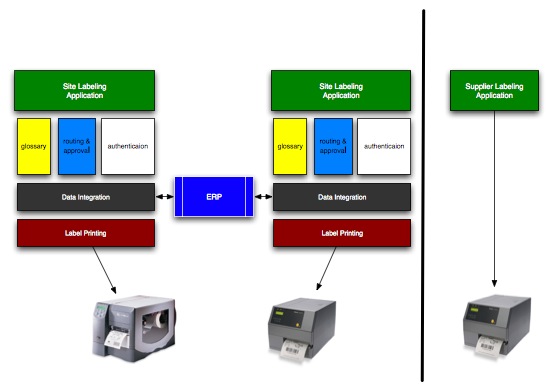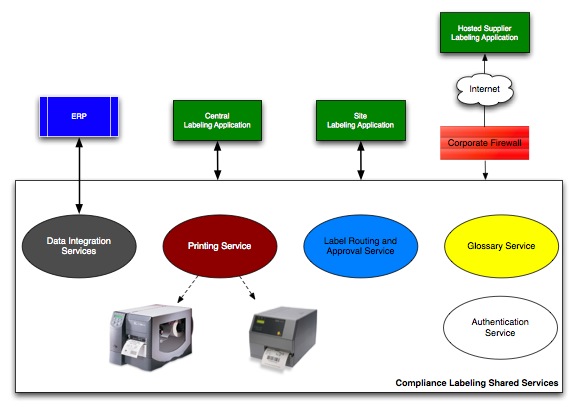FTP, www, DNS—the information technology industry is the master of the TLA or “Three Letter Acronym”. Recently SOA or Service-Oriented Architecture has been one of several topics du jour that has garnered fanfare in the technical press and IT community. In the simplest terms, SOA is a approach to exposing software services in a standard form that allows automated business processes to utilize these services independent of how or where they are deployed.
While the concept of software services is not new (e.g. credit card processing or shipping and tax calculation services), the adoption of standards such as web services and XML and the availability of tools to design and manage service-centric business processes has expanded the opportunities to leverage services in a wide range of applications.
Advantages of a service oriented architecture include:
- Rapid deployment of new capabilities and processes by leveraging existing services
- Reduce operating costs through better utilization of hardware and software infrastructure
- Greater flexibility and deployment options to address performance and availability requirements of critical services
For organizations with multiple locations and product lines a SOA strategy can deliver a cohesive foundation for product compliance labeling that provides reliable services for common functions and facilitates rapid deployment of site specific functionality. SOA can be used to enable a limited set of systems and services to external partners, making extending a labeling solution to suppliers more palatable to your executives and rightfully cautious security officer.

The above model represents the typical labeling environment at larger organizations with multiple locations and outside suppliers. Each facility has a standalone application, often using a different software and hardware configuration than the other sites. Due to a lack of application standards and integration there is limited opportunity to share and control data and label formats across the company and with suppliers. The ability to move distribution or production of goods is hampered by the effort required to convert data and label designs.

In a service-oriented environment, common services such as a glossary service for reusable translated terms, a printing job control service and a workflow service for label approval are deployed and made available to both internal applications and potentially outside partners. A common data service is used to update and retrieve product data from corporate ERP systems. Special site or product labeling requirements are supported through creation of mashups or hybrid applications that provide custom features where needed, but utilize the shared services for common functionality. Shared services can be used to control the processes and content required to produce industry, regulatory and customer compliant labels.
While a SOA strategy for deployment of corporate-wide solutions such as compliance product labeling is not without challenges or debate, the concept of standardized, shared business services has been proven to be effective. Pragmatyxs is firmly committed to producing solutions based on widely adopted standards and services—our products and services will continue to evolve to further enhance the ability of our customers to deploy robust and capable compliance labeling systems.
To learn more about how Pragmatyxs can deliver standards-based solutions that optimize your compliance labeling and product tracking processes contact us today!